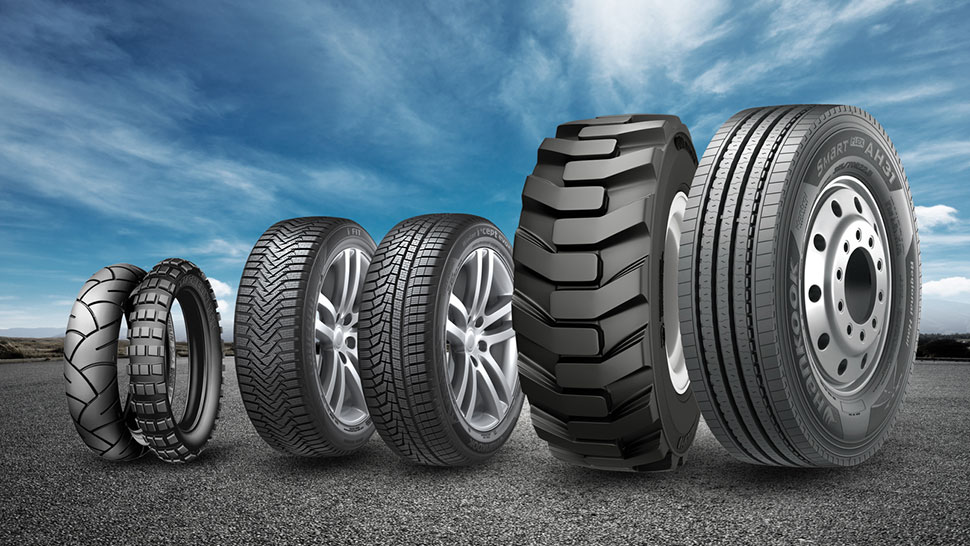Tyre rotation is one of the simplest and most cost-effective ways to extend the life of your tyres and maintain a smooth, safe driving experience. Yet, many car owners in India overlook this essential maintenance task—either because they don’t know how often it should be done or assume it’s unnecessary.
In this article, we explain the ideal tyre rotation frequency, why it’s important, how it’s done, and how it helps your car perform better on Indian roads.
What Is Tyre Rotation?
Tyre rotation involves changing the position of each tyre on your car at regular intervals. This ensures even wear across all tyres, since each wheel experiences different loads, stresses, and wear patterns depending on its position and the drivetrain of the vehicle.
Why Tyre Rotation Is Important
- Extends Tyre Life: Prevents one tyre from wearing out faster than others.
- Improves Safety: Maintains even traction, especially on wet or rough roads.
- Enhances Performance: Ensures smoother handling, balanced braking, and better fuel economy.
- Saves Money: Delays the need for tyre replacement and reduces repair costs due to uneven wear.
How Often Should You Rotate Your Tyres?
Most automotive experts and manufacturers recommend rotating your tyres every 8,000 to 10,000 kilometers or every 6 months, whichever comes first.
However, the exact interval may vary based on:
- Driving Conditions: In Indian cities with heavy traffic and pothole-ridden roads, more frequent rotation (around 6,000–8,000 km) is advisable.
- Vehicle Type and Drivetrain:
- Front-Wheel Drive (FWD): Front tyres wear faster—rotate more frequently.
- Rear-Wheel Drive (RWD): Rear tyres bear more power load—check for rear wear.
- All-Wheel Drive (AWD): Rotate tyres frequently to prevent uneven wear that could damage the drivetrain.
Pro Tip: Always refer to your owner’s manual for specific recommendations based on your car model.
Common Tyre Rotation Patterns
- Front-to-Rear (for RWD and AWD):
Rear tyres move to the front in the same position; front tyres move to the opposite rear corners. - Rearward Cross (for FWD):
Front tyres move straight to the rear; rear tyres move diagonally to the front. - X-Pattern (universal):
All four tyres are swapped diagonally—used when tyre wear is uneven or for non-directional tyres.
Note: Directional tyres and staggered setups (different front and rear sizes) may require specific or limited rotation options.
Signs That It’s Time to Rotate Your Tyres
Even if you don’t track kilometers precisely, look for these signs:
- Uneven tread wear on front or rear tyres.
- Vibration in the steering wheel at high speeds.
- Car pulling slightly to one side.
- Tyres looking more worn on one edge.
If you observe any of these, rotate your tyres immediately and get a wheel alignment check.
Tyre Rotation Tips for Indian Drivers
- Combine tyre rotation with routine servicing or oil changes for convenience.
- Include the spare tyre in rotation (if it’s full-size and unused).
- Always check tyre pressure after rotation and inflate to the correct level.
- Inspect for punctures, bulges, and uneven wear while rotating.
Final Thoughts
Tyre rotation may seem like a small task, but it has a big impact on your vehicle’s safety, handling, and cost-effectiveness. By rotating your tyres every 8,000–10,000 km—or more frequently under tough Indian road conditions—you’ll enjoy a smoother ride, better control, and longer tyre life.
Don’t wait for your tyres to show excessive wear. Make tyre rotation part of your regular maintenance routine—it’s quick, affordable, and essential.

